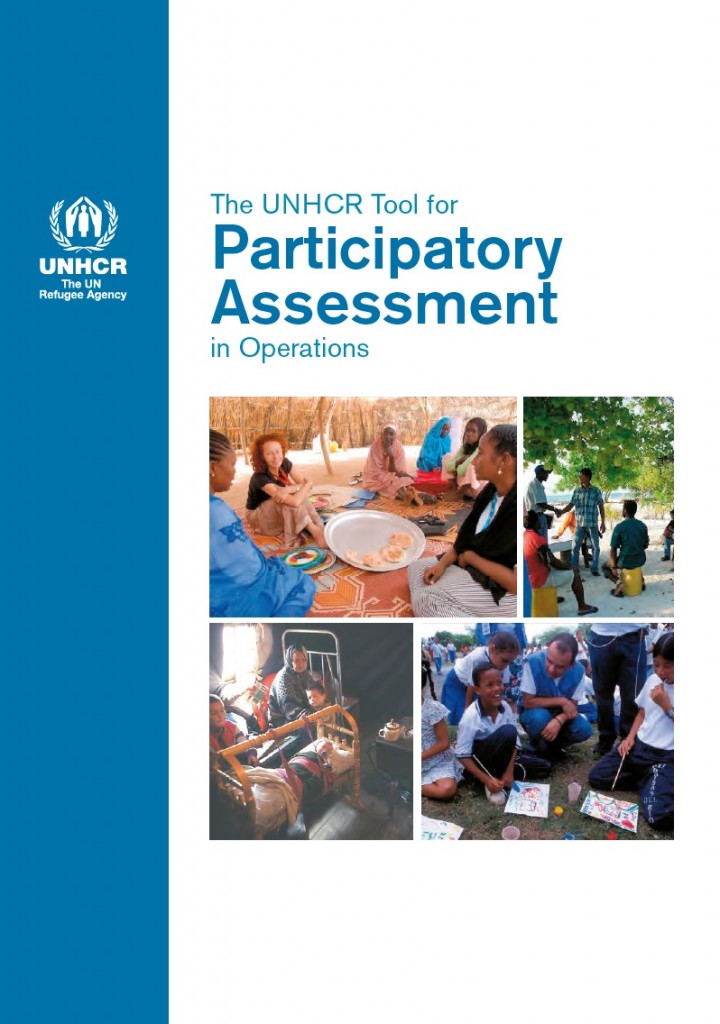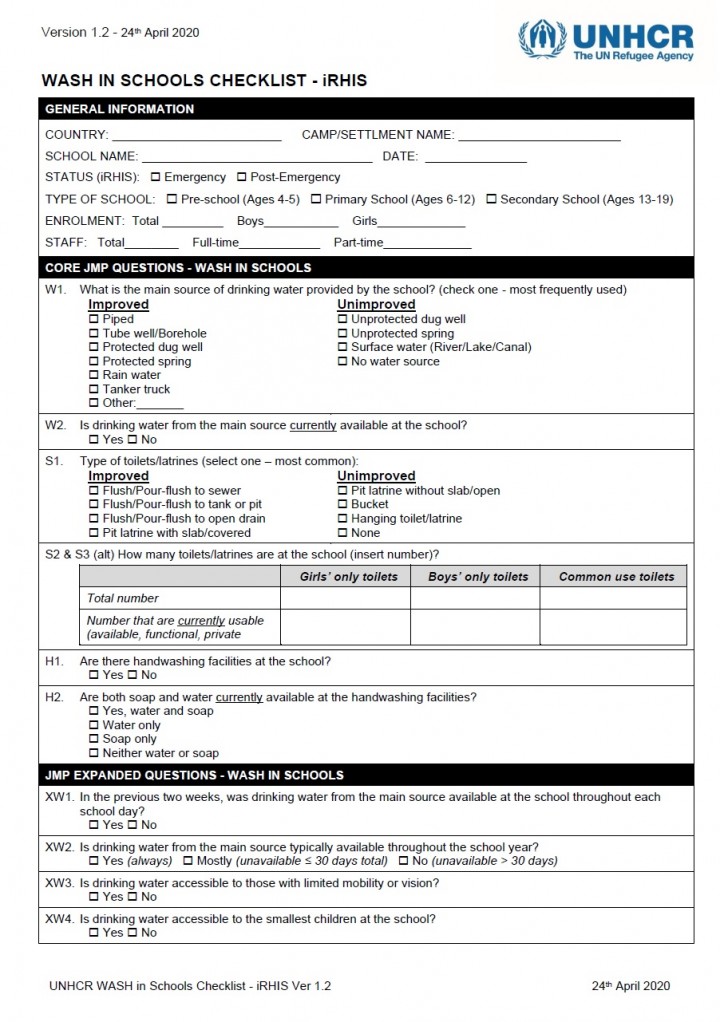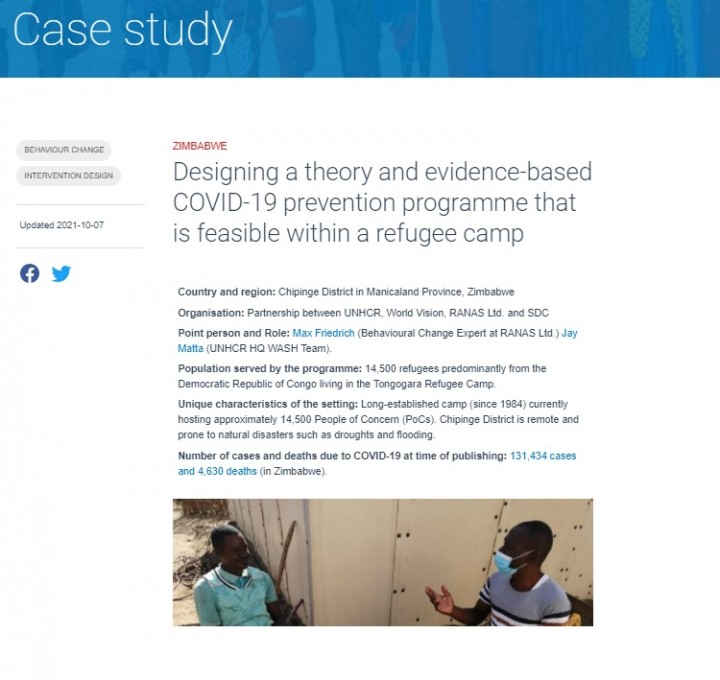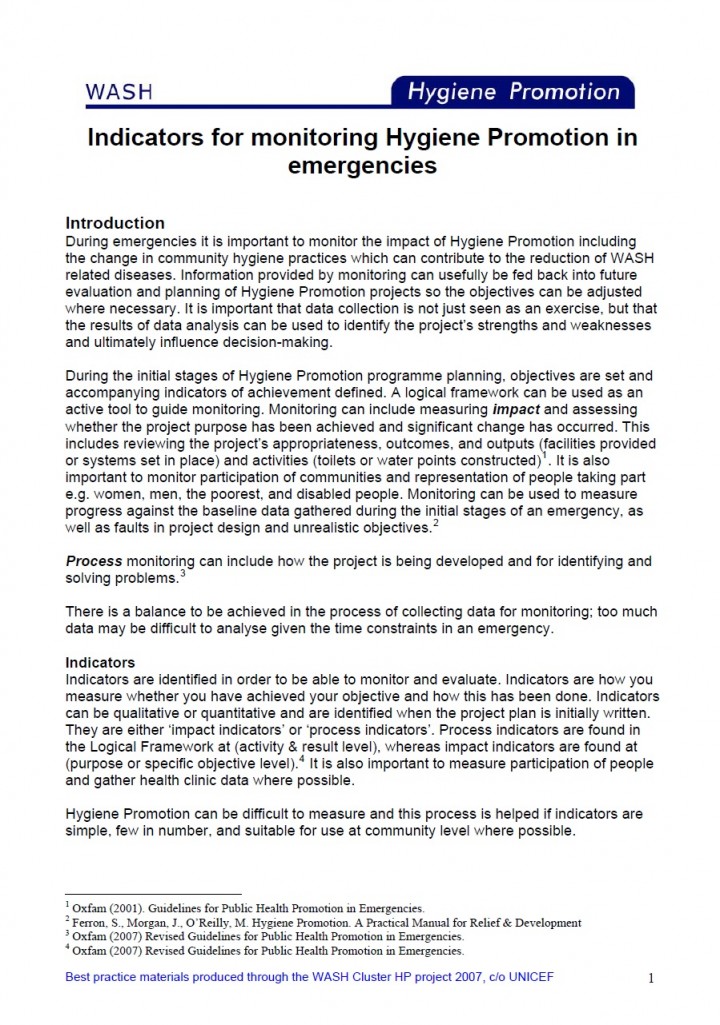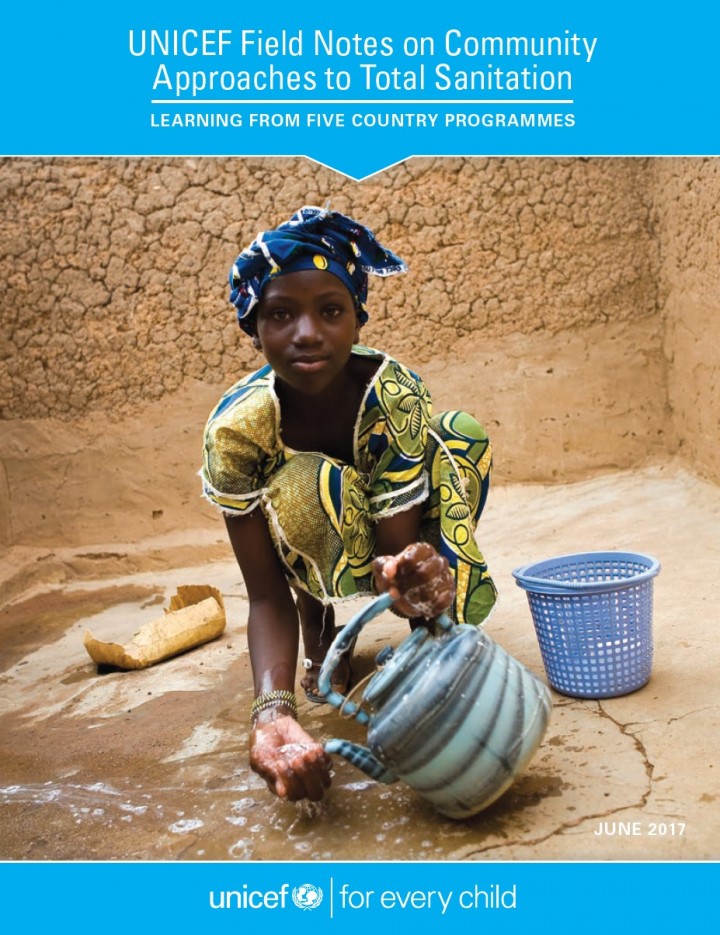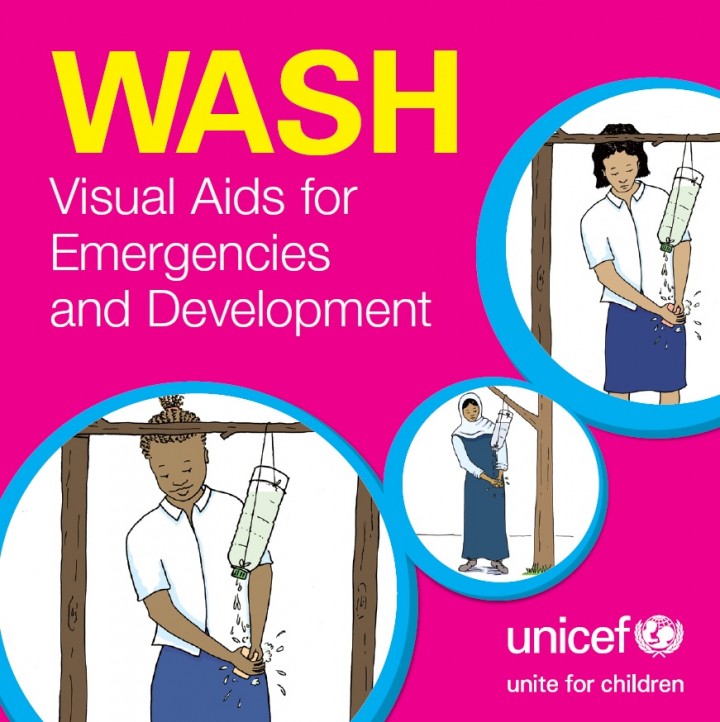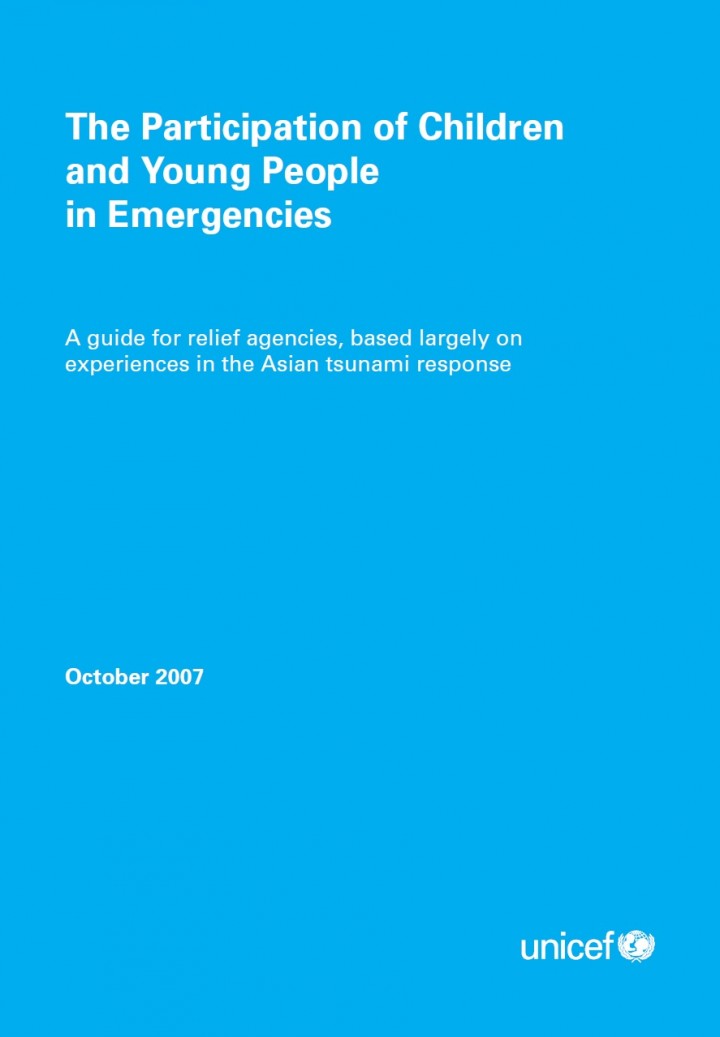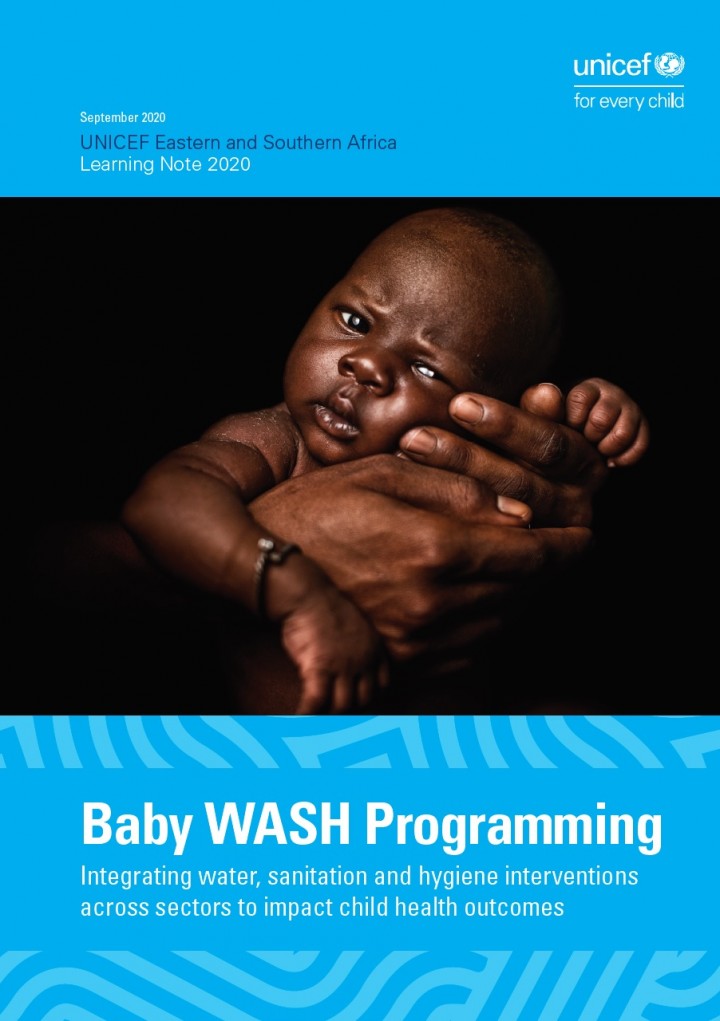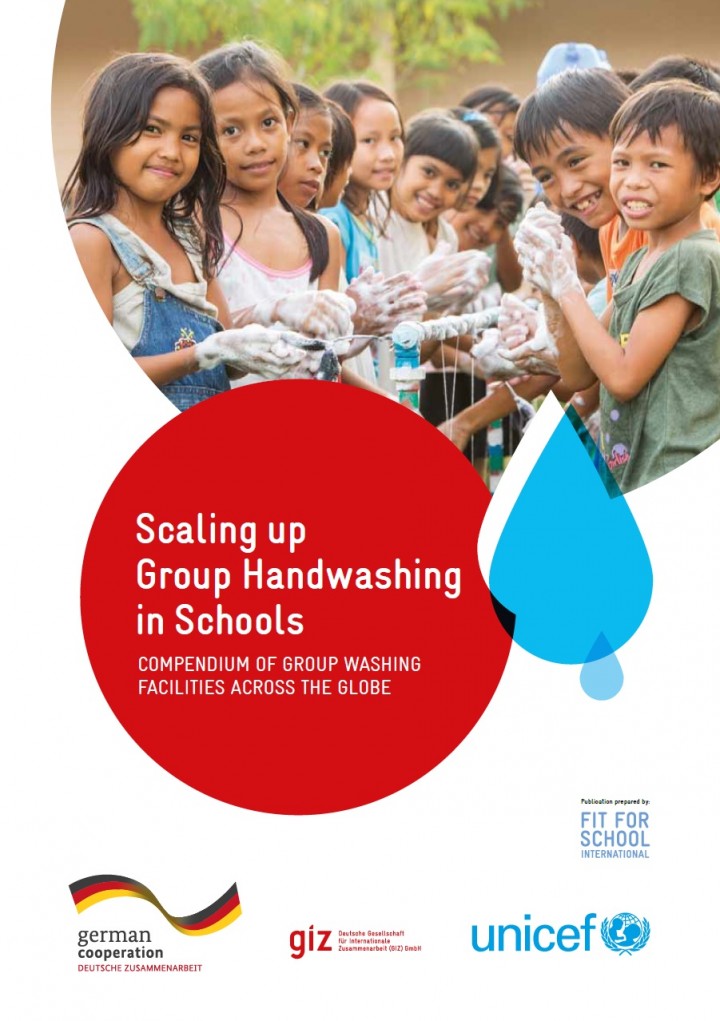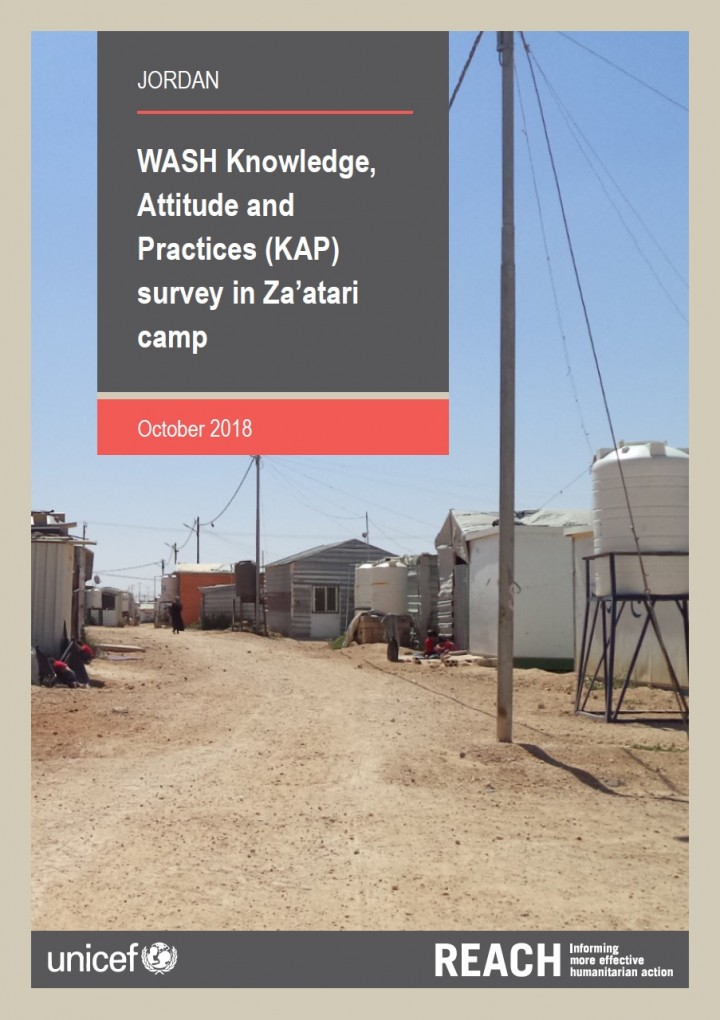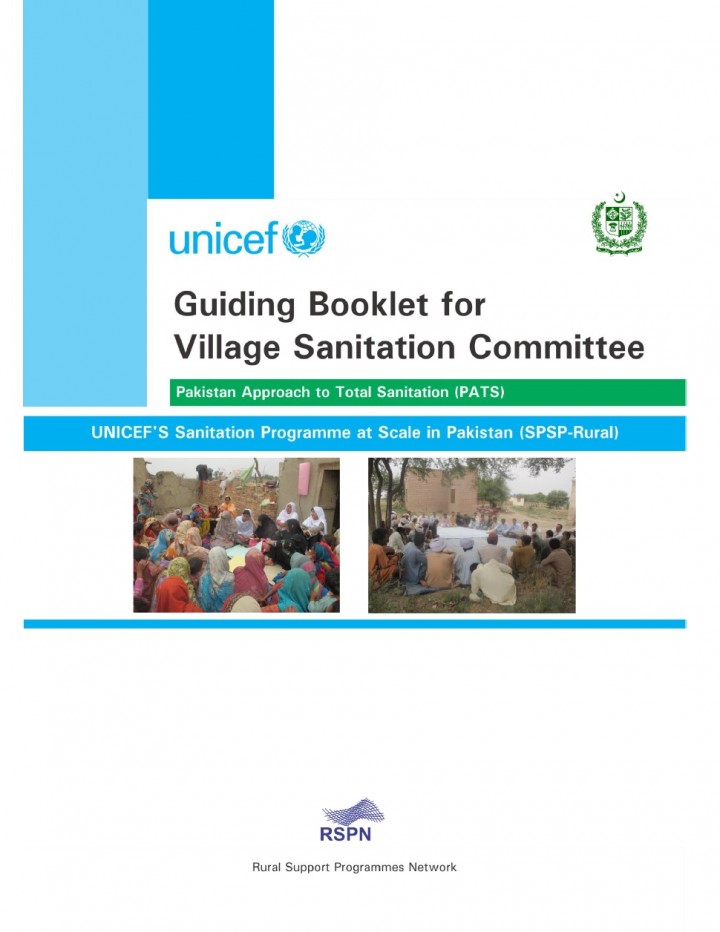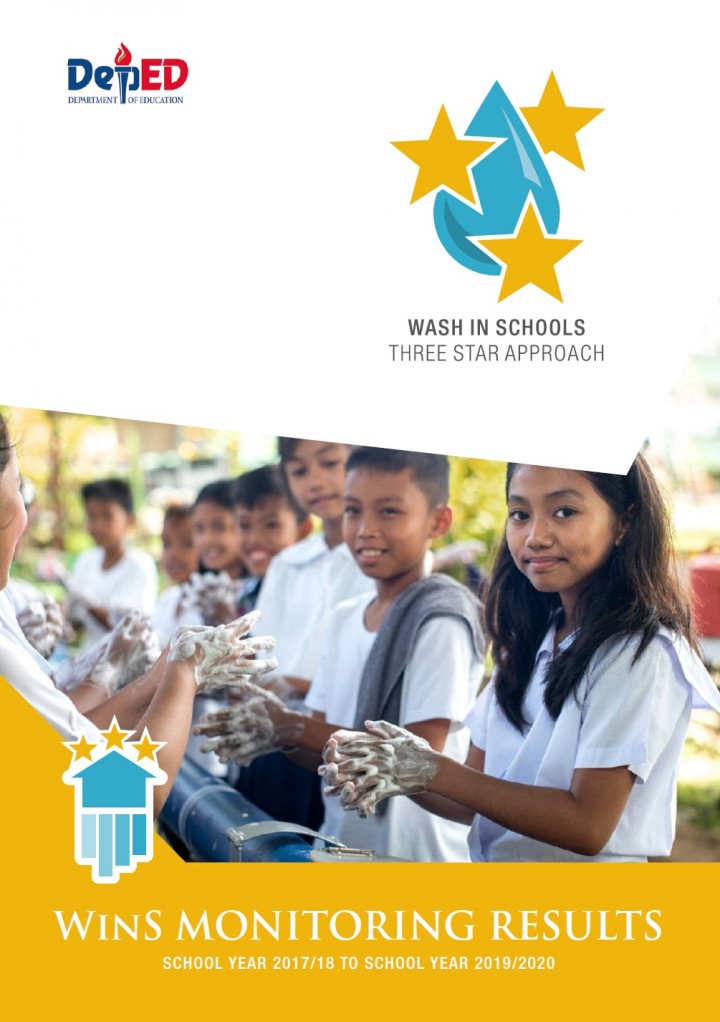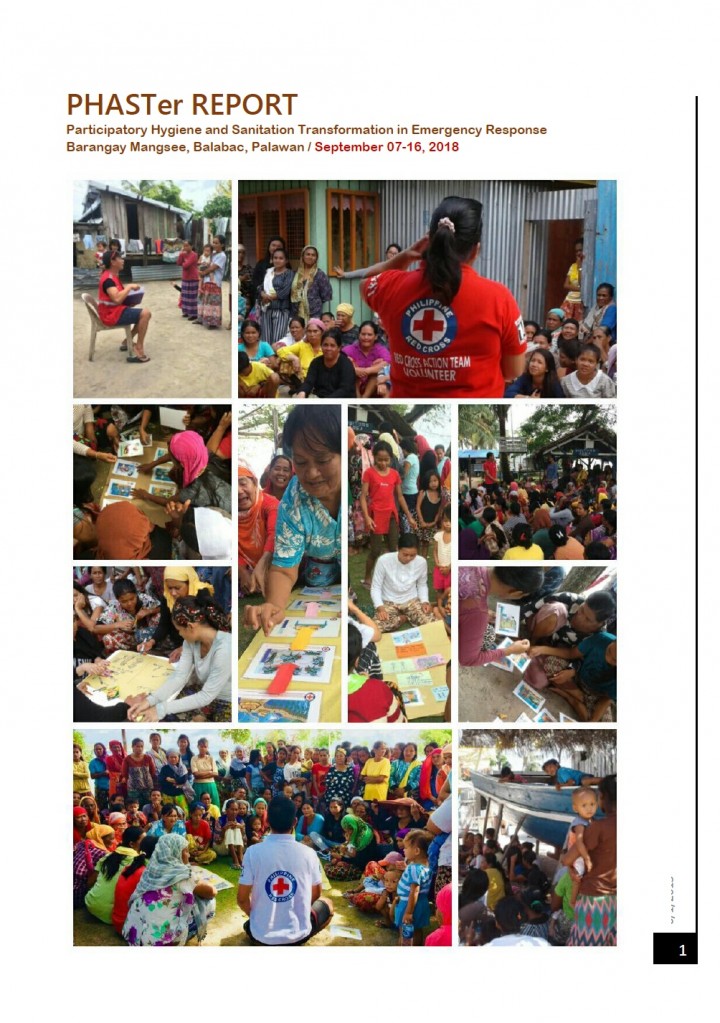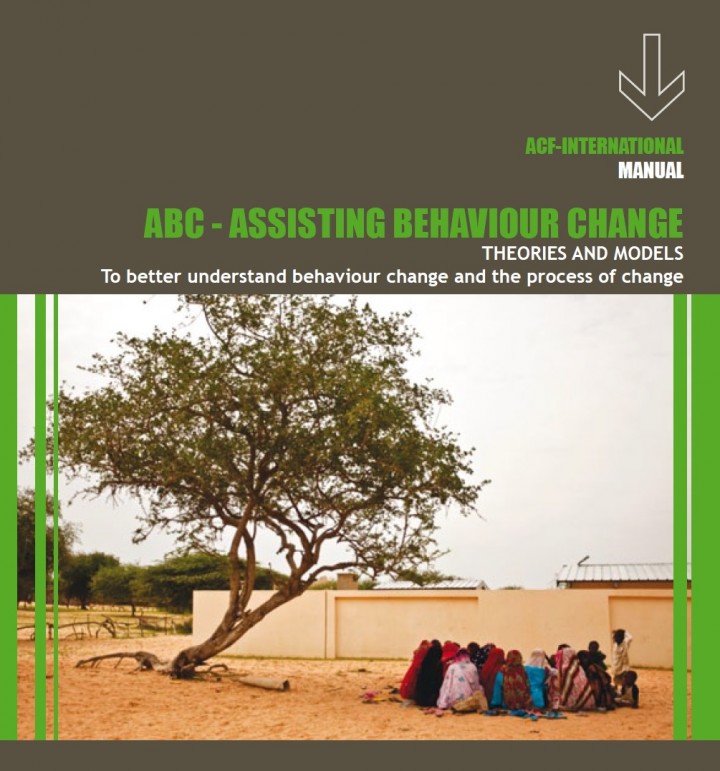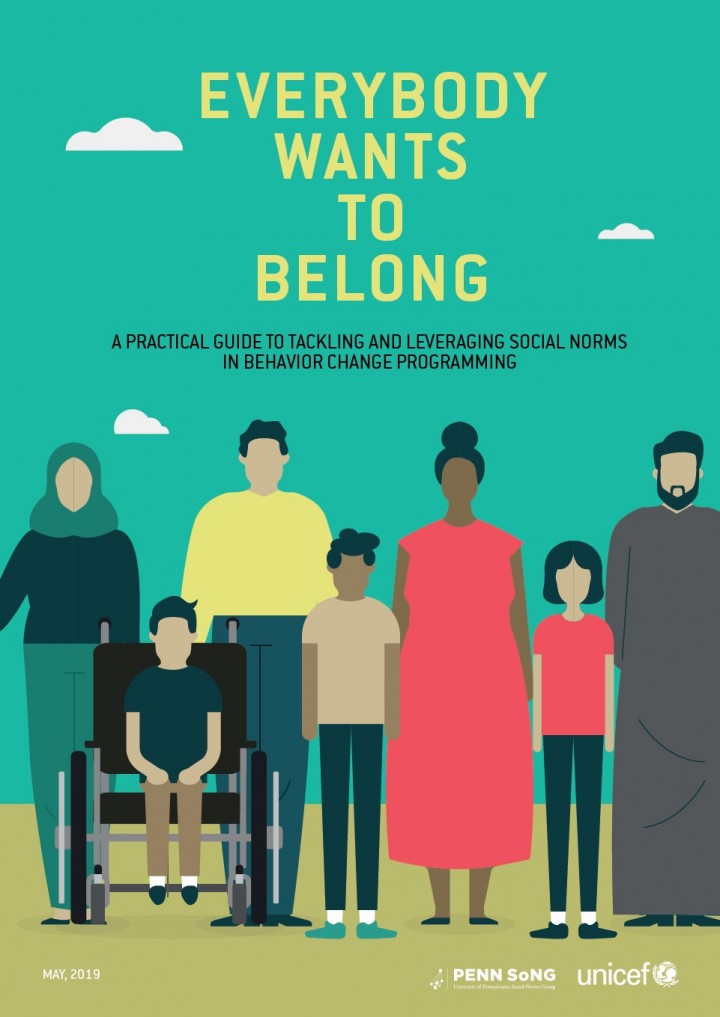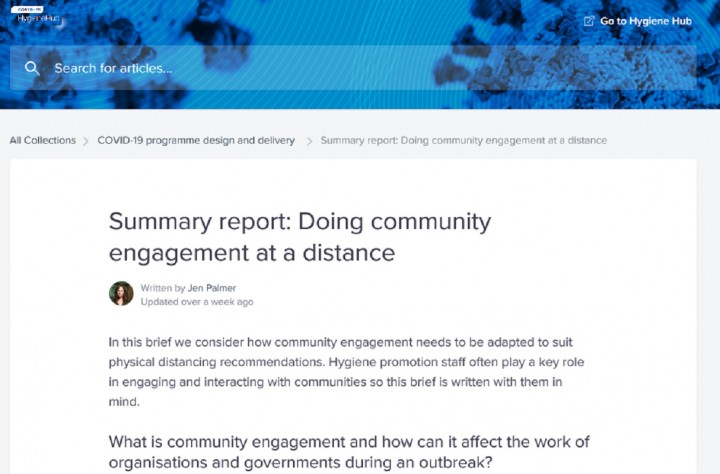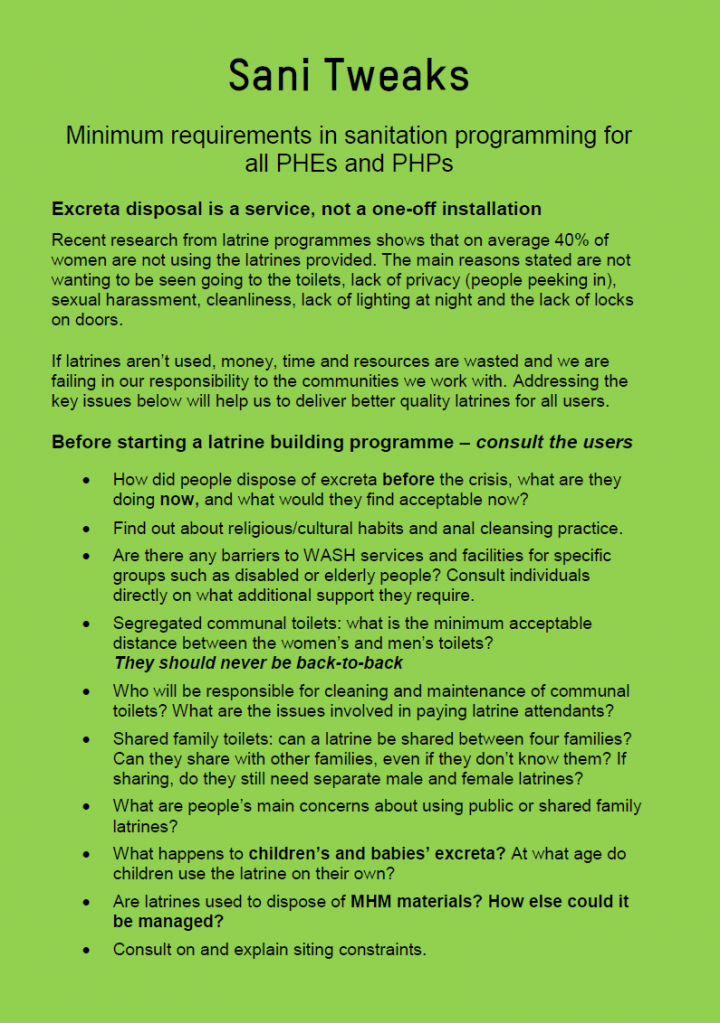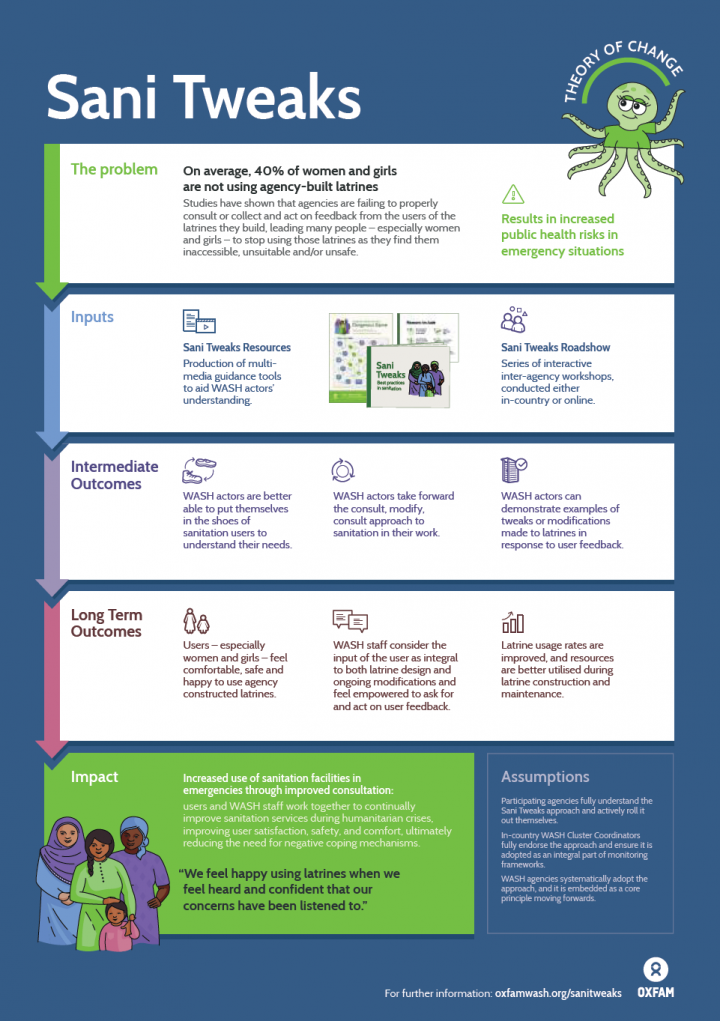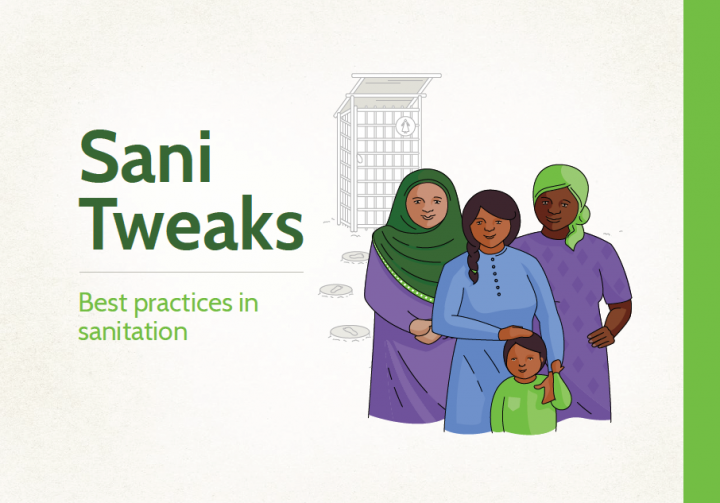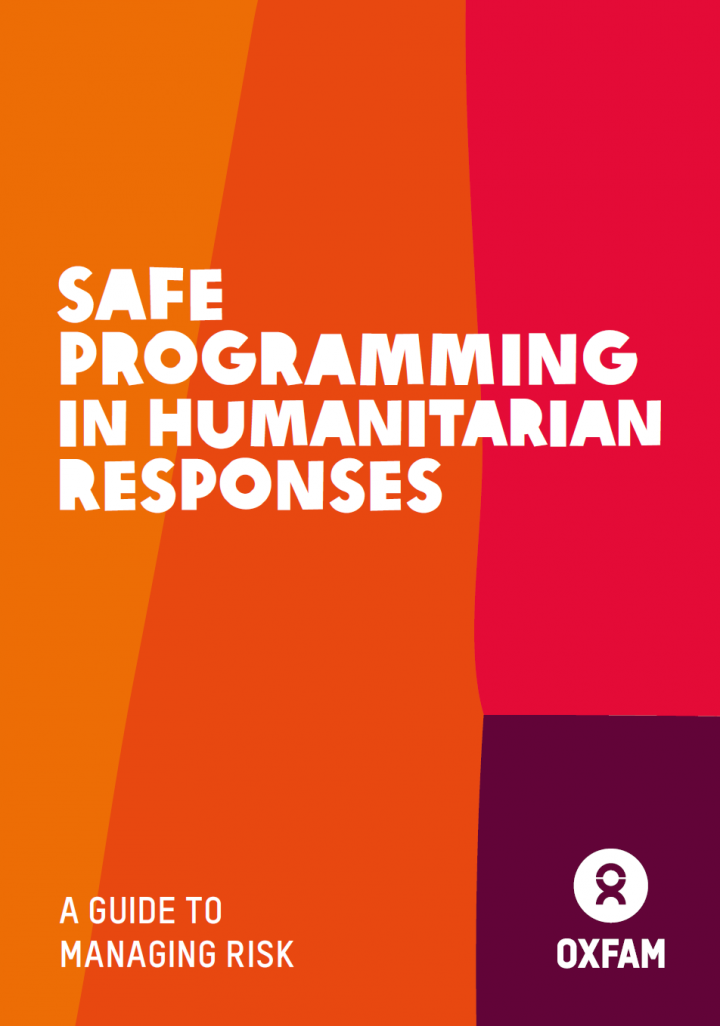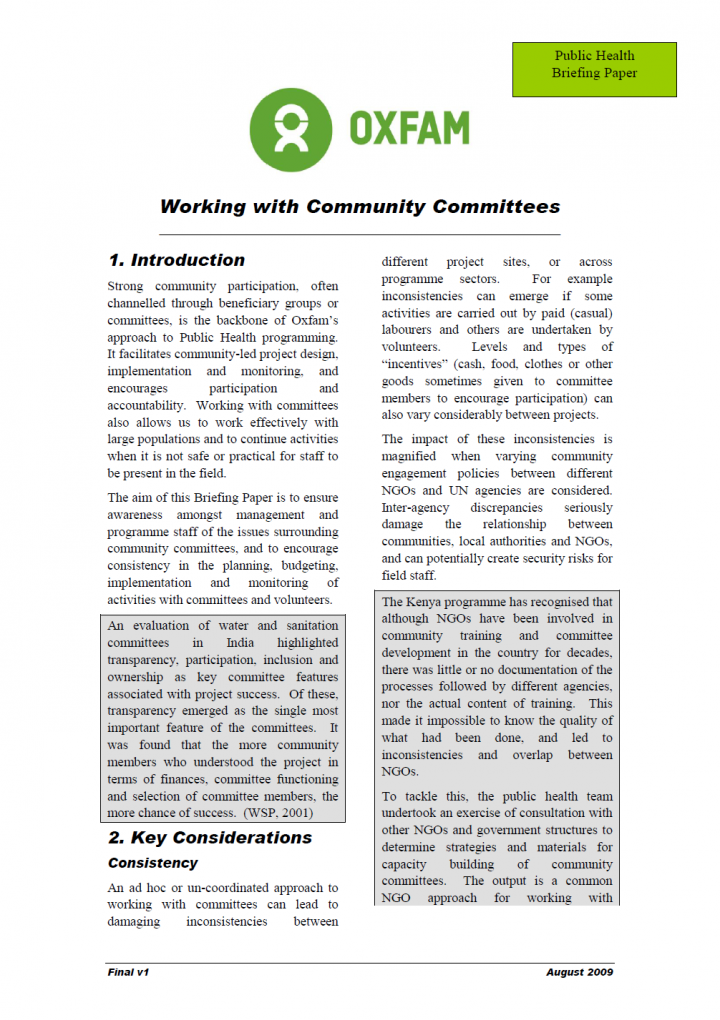Searching for information on Sanitation Workers?
The Sanitation Workers Knowledge + Learning Hub is the best source for all current news, trends, articles and updates on sanitation workers rights around the world.
The UNHCR WASH Monitoring System includes monitoring of refugee schools following the Joint Monitoring Program (JMP) guidelines, model questions and standard indicators. All refugee schools should be surveyed at least once a year. Indicators are tracked on the Refugee WASH in Schools Dashboard.
UNHCR, World Vision, and RANAS Ltd. came together in April 2020 to design a theory-driven evidence-based behaviour change intervention aiming to increase handwashing with soap (HWWS) and physical distancing among Tongogara Refugee Camp residents in response to the COVID-19 pandemic.
One of the key programming approaches adopted in UNICEF’s Strategy for WASH (2016-2030) is to build sustainable markets for sanitation goods and services. Market-based sanitation (MBS) is defined as a development approach to improve sanitation in a country by building the sanitation market of goods and services for which the customer makes a full or partial monetary contribution (with savings …
During emergencies it is important to monitor the impact of Hygiene Promotion including the change in community hygiene practices which can contribute to the reduction of WASH related diseases. Information provided by monitoring can usefully be fed back into future evaluation and planning of Hygiene Promotion projects so the objectives can be adjusted where necessary. It is important that data …
This report presents the findings of a joint water, sanitation and hygiene (WASH) assessment conducted in nine official refugee camp settlements across three governorates in the Kurdistan Region of Northern Iraq (Dohuk, Erbil and Sulaymaniyah). The Syrian refugee population targeted by this assessment lives in permanent and transitional shelters in the nine camps. They receive various WASH …
This Sanitary Survey Checklist Guide provides a methodical way to identify the factors or features of the existing school WASH system that contribute to an increased risk to the health of school children and teachers. It should be possible for the school community, with a assistance from the facilitator and possibly a health inspector, to answer the checklist questions and see the weaknesses and …
Community Approaches to Total Sanitation (CATS) aim to achieve 100 per cent open defecation free (ODF) communities through affordable, appropriate technology and behaviour change. Some of the key principles guiding CATS are:
• An emphasis on the sustained use of sanitation facilities by every community member, rather than simply the construction of infrastructure.
• The safe disposal of …
Introduction
Purpose and rationale
Children have made significant and valuable contributions in emergency situations. They have taken on roles and responsibilities and they have taken action – including life-saving decisions. They have responded spontaneously and taken part in planned relief and recovery action. This has included them in protecting lives, providing health care, distributing …
Behaviour change initiatives are fundamental to achieving project objectives through the reinforcement of positive practices, the identification of new or alternative practices and the promotion of structural changes of specific psychosocial variables such as knowledge, attitudes, behaviours and social norms. The behaviour change process can be divided into two aspects: initiating behaviour …
We are very pleased to present the Practical guide to tackling and leveraging social norms in behavior change programming. It provides UNICEF, its governmental and non-governmental partners with accessible and engaging information on social norms, the role they play in perpetuating or changing harmful behaviors, and best practices for programming.
Studies have shown that agencies are failing to properly consult or collect and act on feedback from the users of the latrines they build, leading many people – especially women and girls – to stop using those latrines as they find them inaccessible, unsuitable and/or unsafe. Consequently, this increases public health risks in emergency situations.
To address this, the Oxfam WASH team has …
All Oxfam humanitarian responses must include proactive measures to ensure we do not inadvertently cause harm to people, nor undermine the values, standards and norms that underpin our work. Humanitarian work takes place in high-risk environments. Actively managing actual and potential risks enables us to do this work more effectively and safely. Managing risks systematically helps us monitor …
Strong community participation, often channelled through beneficiary groups or committees, is the backbone of Oxfam‟s approach to Public Health programming. It facilitates community-led project design, implementation and monitoring, and encourages participation and accountability. Working with committees also allows us to work effectively with large populations and to continue activities when …

